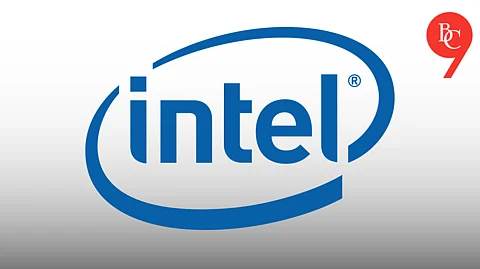

Intel, one of the world’s most storied semiconductor companies, is set to undergo a dramatic transformation. Under the direction of its new CEO, Lip-Bu Tan, Intel will begin major factory layoffs in July 2025; a move that signals both the challenges facing the chip giant and a bold attempt to reposition the company for the future.
Lip-Bu Tan, a respected industry veteran and former CEO of Cadence Design Systems, took the helm at Intel earlier this year amidst mounting pressure from investors and fierce competition from rivals like TSMC, Samsung, and AMD. Tan’s appointment was widely seen as a signal that Intel would pursue aggressive changes to regain its technological edge and operational efficiency.
His first major act as CEO is a sweeping workforce reduction, targeting factory and manufacturing roles across Intel’s global operations. The layoffs are expected to impact thousands of employees, with the majority concentrated in older fabrication plants in the United States, Europe, and Asia.
After years of explosive demand during the pandemic, the semiconductor industry is experiencing a cyclical downturn. Excess inventory, slowing PC and smartphone sales, and geopolitical tensions have all contributed to softer demand for chips.
Intel is doubling down on next-generation manufacturing technologies, such as EUV lithography and 2nm process nodes. This shift requires significant capital investment and a leaner, more specialized workforce. Older fabs and legacy production lines are being phased out in favor of state-of-the-art facilities.
With profit margins under pressure, Intel is streamlining operations to reduce costs and improve competitiveness. The layoffs are part of a broader restructuring that includes consolidating supply chains, divesting non-core assets, and focusing on high-growth segments like AI, data centers, and foundry services.
For Intel’s workforce, the announcement has brought anxiety and uncertainty. Employees in affected factories face layoffs, redeployment, or early retirement packages. Intel has pledged to provide severance, job placement services, and retraining opportunities for those impacted.
Industry observers note that while the layoffs are painful, they may be necessary for Intel to adapt to a rapidly changing market. “This is a tough but crucial step,” says semiconductor analyst Priya Menon. “Intel needs to pivot quickly to stay relevant in a world where chip cycles and technologies are evolving faster than ever.”
Tan’s restructuring plan is expected to continue through 2025, with further changes possible as Intel evaluates its global footprint. The company remains committed to its ambitious roadmap, including the buildout of new fabs in the US and Europe, and expanding its foundry business to compete directly with TSMC and Samsung.
Investors are watching closely to see if these bold moves will restore Intel’s reputation as a leader in innovation and manufacturing excellence.
